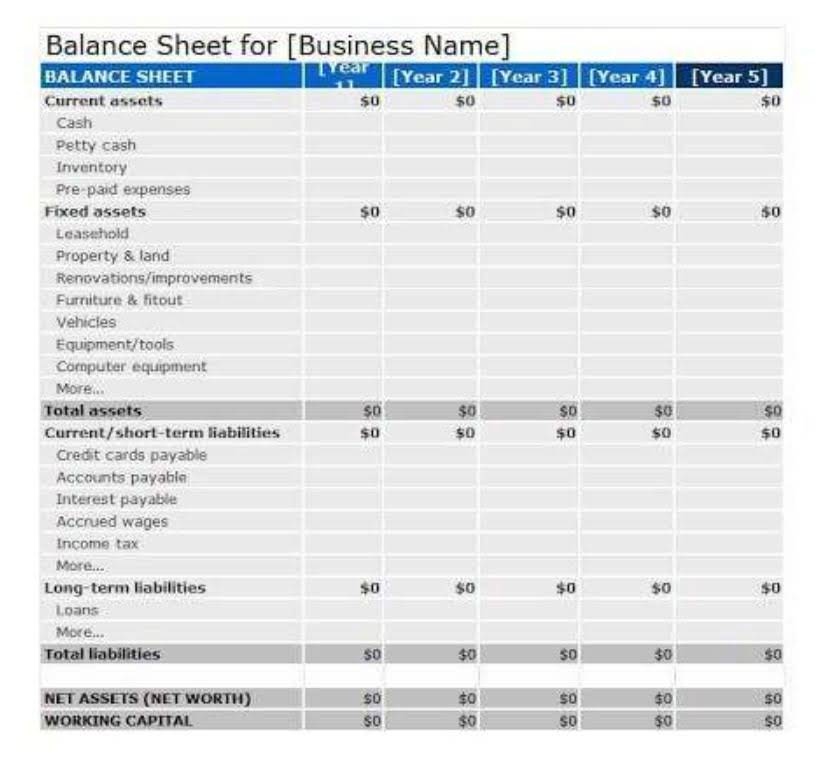
That said, mark-to-market accounting has been a part of the Generally Accepted Accounting Principles (GAAP) since the 1990s. Let’s go over the reasons why this accounting method is generally popular and well-regarded. By having a separate bank account and credit card for your LLC, you can more easily track trading-related expenses and https://www.bookstime.com/ keep them separate from personal expenses. To make the election, you attach a statement to your income tax return for the year prior to the year you want the election to take effect.

Explaining Mark-to-Market Valuation and Its Purpose
In conclusion, understanding which assets are marked to market and those following historical cost accounting is essential for financial professionals and investors alike. Marked-to-market assets, such as derivatives and securities, require regular updating based on current market conditions to provide a true representation of their fair value. Conversely, long-term assets like property, plant, and equipment are typically recorded at historical cost, with impairment being used when necessary to account for any loss in value. By recognizing the differences between these two accounting methods, financial professionals can make informed decisions, assess risk effectively, and better manage their organization’s overall financial health.
Services
- Mutual funds also follow MTM practices to determine net asset values (NAV) for investors.
- Thus, FAS 157 applies in the cases above where a company is required or elects to record an asset or liability at fair value.
- Once you’ve made the election, you’ll need to follow MTM accounting and reporting rules for your trading activity going forward.
- For banks that have elected to use the “fair value option” to account for their debt, any changes in fair value due to their own credit quality will now be recorded through equity rather than through income.
- It’s recommended to use reputable tax and accounting services to handle these complex filings.
- In short, mark-to-market accounting is about making sure the balance sheet value of assets reflects real-world market conditions rather than just historical costs.
- For example, if the liquidity is low or investors are fearful, the current selling price of a bank’s assets could be much less than the value under normal liquidity conditions.
However, it is crucial to recognize its limitations, particularly during periods of market instability or illiquidity. The ability to adapt accounting standards to address these challenges has been critical in ensuring reliable financial reporting. Overall, understanding MTM and its implications in financial services can help professionals make informed decisions about investments, loans, and risk management.

The Significance of Mark-to-Market in Financial Reporting
Conversely, if the value rises, it might encourage them to hold onto their investment longer. In marking-to-market a derivatives account, at pre-determined periodic intervals, each counterparty exchanges the change in the market value retained earnings of their account in cash. For Over-The-Counter (OTC) derivatives, when one counterparty defaults, the sequence of events that follows is governed by an ISDA contract. When using models to compute the ongoing exposure, FAS 157 requires that the entity consider the default risk (“nonperformance risk”) of the counterparty and make a necessary adjustment to its computations. The Enron scandal resulted in a wave of new regulations and legislation designed to increase the accuracy of financial reporting for publicly traded companies. The Sarbanes-Oxley Act (2002) imposed harsh penalties for destroying, altering, or fabricating financial records.

What is marked to market with an example?
In such cases, the reported value might not accurately reflect what the asset could actually sell for, leading to potential misinterpretations of a company’s financial health. Mark-to-market affects investors by providing them with up-to-date information about the value of their investments. This can help them make better decisions about buying, selling, or holding assets based on current market conditions. The benefits of mark-to-market include increased transparency, better risk management, and more accurate financial reporting. It allows companies to quickly adjust to market changes and helps investors make informed decisions based on the latest asset values.

Mark to Market and Financial Crises

However, it’s important to understand that forming an LLC doesn’t change your tax situation with regard to trader tax status and MTM accounting. A single-member LLC is disregarded for federal tax purposes, meaning the trading gains and losses flow through to your personal tax return just as they would for a sole proprietorship. The MTM election would still be made on your individual tax return for the trading activity within the LLC. Section 475 allows an election for dealers in commodities and traders of securities and commodities to use mark-to-market accounting. Section 475 mark-to-market accounting sets asset valuation at the end of the year, rather than continuously. Since the hypothetical sale occurs every year, gain recognized on the assets treated as sold is generally ordinary is mark to market accounting legal income.
- In fact, KPMG LLP was the first of the Big Four firms to organize itself along the same industry lines as clients.
- Traders who focus on futures and future options should be aware of the 1256 tax treatment in mark-to-market accounting.
- The difference between mark-to-market and historical cost is that mark-to-market values assets based on current market prices, while historical cost records assets at their original purchase price.
- The practice has been blamed for fueling the Great Depression, bank collapses, and other recessions, which prompted President Franklin Roosevelt to suspend it in 1938.
- This change helped provide more accurate and reliable financial statements during challenging economic conditions.
You can’t freely switch between MTM and realization accounting from year to year based on which results in a lower tax bill. Thus, FAS 157 applies in the cases above where a company is required or elects to record an asset or liability at fair value. Second, FAS 157 emphasizes that fair value is market-based rather than entity-specific.
